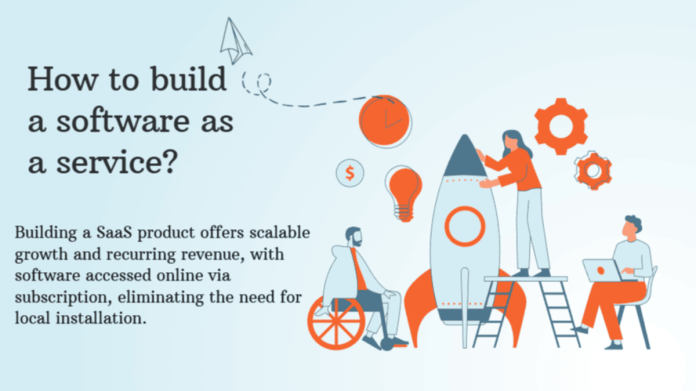Essential Considerations for Developing a Successful SaaS Solution
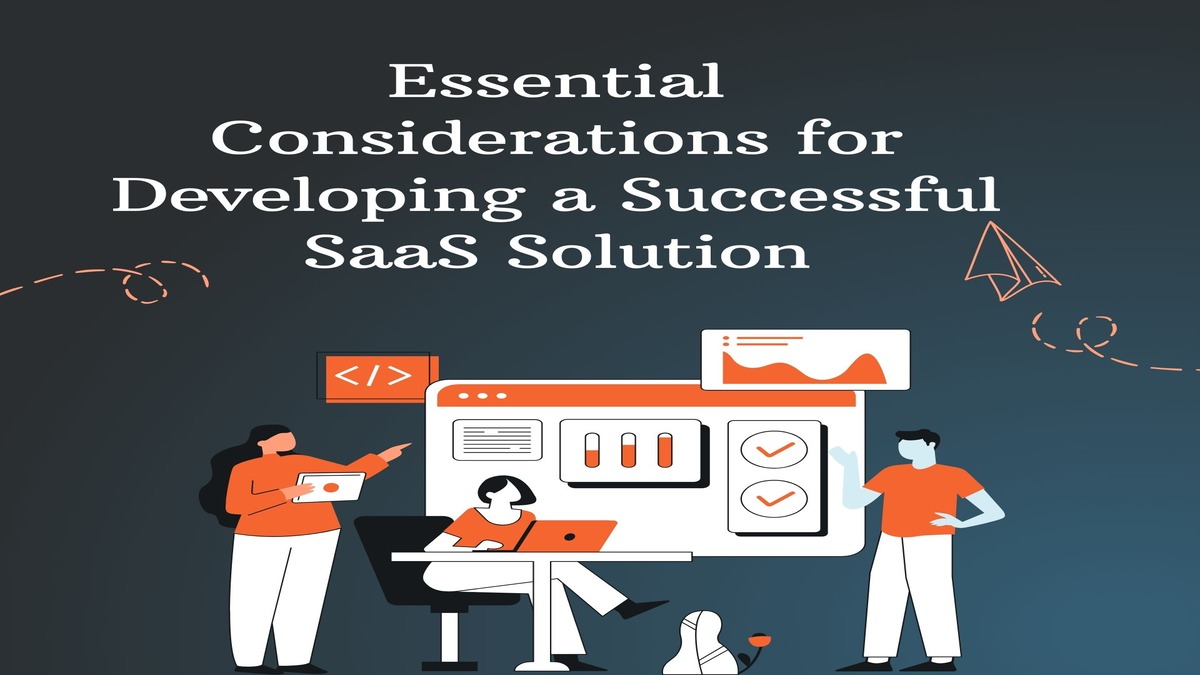
To get started, it’s crucial to understand the unique aspects of the SaaS model.
1. Cloud Infrastructure:
The platform for SaaS solutions typically runs on cloud infrastructure which demands dependable high-speed cloud systems. The cloud hosting feature brings forth convenient update capabilities and flexible scale potential and remote accessibility through internet access.
2. Multi-Tenancy Design:
The creation of SaaS solutions requires developing software infrastructure that operates continuously for rental service. The system requires a firm structure with easy accessibility for users and capabilities to update and change functions based on user requirements. The infrastructure needs to be built for multi-tenancy because several users or businesses need to share one software instance while their data remains separate from each other.
3. Ensuring Reliability and Uptime:
The main attributes which users need to see in a SaaS product consist of reliable performance and high uptime. Time-based interruptions become an absolute show-stopping issue mainly for crucial operational systems. Organizations must invest money in secure cloud hosting infrastructure combined with extensive testing methods to achieve success.
4. Leveraging Real-Time Data:
SaaS provides users with a powerful feature to generate and study current user data directly from their system. Continual improvement programs are fueled by customer data which leads to software updates that present the ideal solutions for user requirements.
5. The Blend of Technology and Innovation:
Successful SaaS development exists where technology meets customer-focused design with continuous innovation. Fundamental knowledge of these principles will lead you toward developing an impactful SaaS product.
Importance of Market Research and Idea Validation
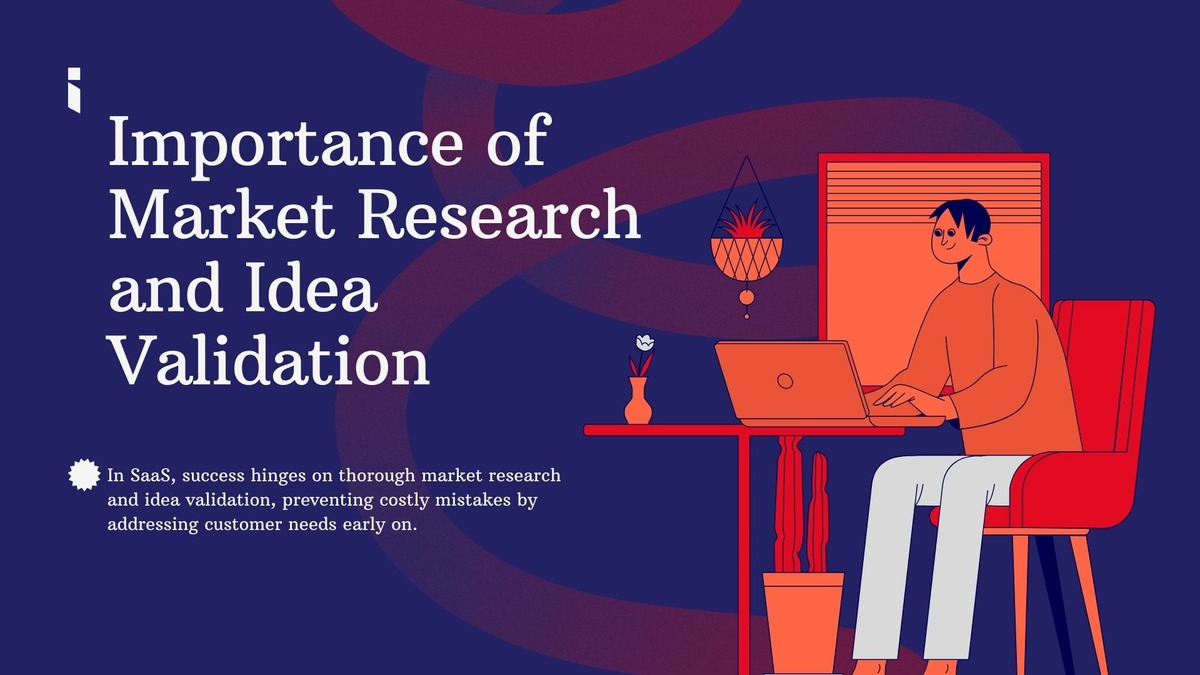
In the competitive landscape of Software as a Service (SaaS), the cornerstone of success is robust market research and effective idea validation. Often, aspiring entrepreneurs overlook these steps, plunging straight into development, which can lead to costly missteps.
-
Understanding the Target Audience:
To begin, thorough market research is essential in understanding your target audience. What problems do they face daily? How can your service provide the solution? Detailed customer personas can help you gain insights into potential users’ needs, behaviors, and pain points.
-
Competitor Analysis:
Analyzing your competition is another crucial element. Investigate what similar SaaS solutions are out there, what features they offer, and how they price their services. Identifying gaps in what’s being offered can reveal unique opportunities for your product. Utilize tools like SWOT analysis to understand your strengths, weaknesses, opportunities, and threats relative to the competition.
-
Idea Validation through MVP:
Idea validation goes hand in hand with market research. Start by developing a Minimum Viable Product (MVP) to test your concept with real users quickly. Gather feedback, iterate on the design, and validate whether users find value in your service. This not only saves time and resources but also provides crucial data that can secure investor confidence and funding.
-
Pre-Launch Strategies:
Pre-launch, create interest through landing pages, surveys, or even crowdfunding to gauge public reaction. Engaging potential users early on can provide invaluable feedback and build anticipation for your product.
In summary, market research and idea validation are non-negotiable steps in SaaS development. They pave the way for a well-informed, strategically sound product that meets market needs and outpaces the competition. By investing time in these processes, you significantly increase your chances of building a successful SaaS business.
The Role of the Technology Stack in SaaS Development
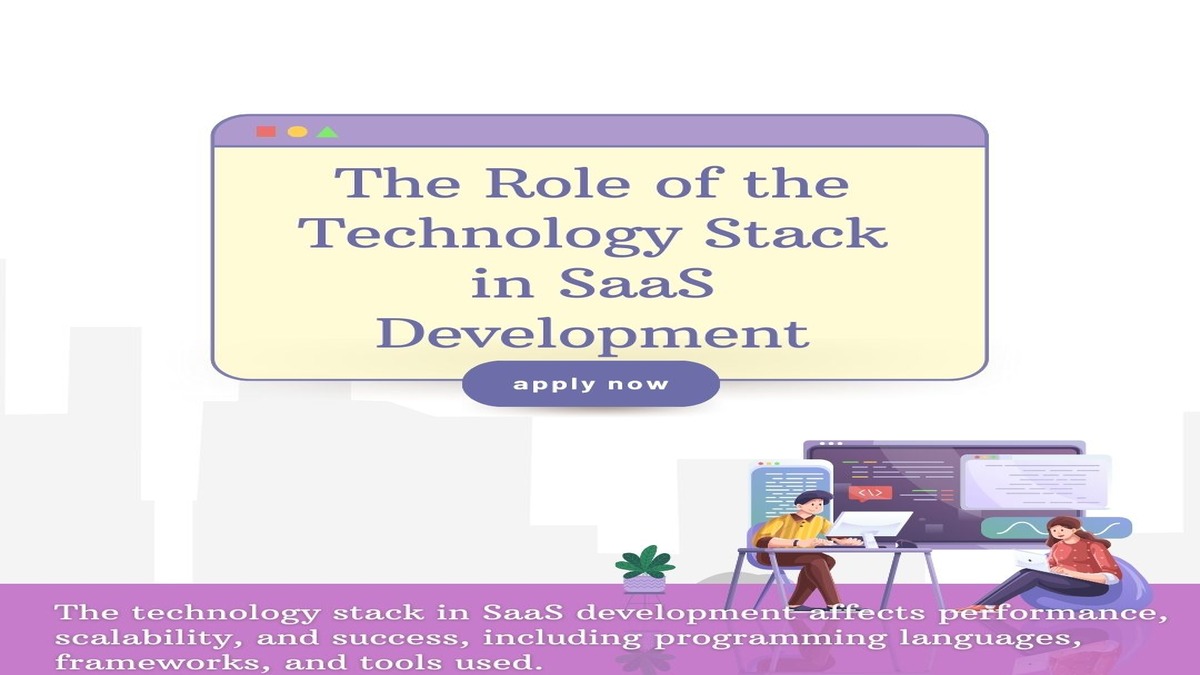
When building Software as a Service (SaaS), the technology stack you choose significantly impacts your product’s performance, scalability, and overall success. Your technology stack comprises the programming languages, frameworks, libraries, and tools you use to develop your SaaS application.
1. Core Functionalities and Requirements:
Firstly, identify the core functionalities and requirements of your SaaS product. For instance, if you need real-time data processing, you might consider Node.js for server-side scripting. If your focus is on robust backend services and you want something highly scalable, you can opt for Python with the Django framework or Ruby on Rails.
2. Database Selection:
Your choice of database is equally important. SQL databases like PostgreSQL and MySQL offer reliability and consistency, while NoSQL databases such as MongoDB provide flexibility and scalability, particularly useful for handling large volumes of unstructured data.
3. Cloud Services:
Cloud services also play a crucial role. Options like Amazon Web Services (AWS), Google Cloud Platform (GCP), and Microsoft Azure offer a wide array of services to support your infrastructure, from server hosting to machine learning capabilities. These platforms enable easy scaling as your user base grows, and they typically offer robust security measures.
4. Front-End Development:
Front-end development demands a seamless user experience, so using modern JavaScript frameworks like React, Angular, or Vue.js can make your SaaS application responsive and engaging.
5. Integrating DevOps Practices:
Lastly, integrate DevOps practices by employing tools such as Docker for containerization and Kubernetes for orchestration. Continuous Integration/Continuous Deployment (CI/CD) pipelines through Jenkins or GitHub Actions can automate testing and deployments, making your development process more efficient and reliable
Choosing the right technology stack can set the foundation for a reliable, scalable, and high-performing SaaS product, ensuring long-term success and user satisfaction.
Designing an Intuitive User Experience (UX)

Creating a seamless user experience (UX) is essential for any Software as a Service (SaaS) application. A well-designed UX can significantly improve customer satisfaction, reduce churn rate, and make your application stand out in a crowded market.
-
User-Centric Design Principles:
ic design principles. Understand your target audience and their pain points through user interviews and surveys. Develop user personas to guide your design decisions. Simplicity is key—ensure that your interface is clean, straightforward, and easy to navigate. Users should be able to accomplish their tasks with minimal friction.
-
Wireframing and Prototyping:
Wireframes and prototypes are invaluable tools for visualizing the user journey. Utilize these to test your design with real users before committing to full-scale development. Tools like Sketch, Figma, and Adobe XD can help in creating interactive prototypes.
-
Consistency in Design:
Aim for consistency across the application. Use a coherent color scheme, typography, and layout. This not only makes the application visually pleasing but also helps users quickly familiarize themselves with different parts of the application.
-
Mobile Usability:
Don’t neglect mobile usability. With a significant portion of users accessing SaaS applications from mobile devices, ensuring a responsive design is crucial. Implement touch-friendly elements and ensure speedy load times for mobile users.
-
Accessibility Standards:
Accessibility should also be a priority. Ensure your SaaS platform adheres to accessibility standards (like WCAG 2.1) to make it usable for people with disabilities. This not only broadens your user base but also adheres to legal requirements in many jurisdictions.
-
Continuous Feedback and Iteration:
Finally, gather continuous feedback after launching your SaaS application. Utilize in-app surveys, usability tests, and analytics tools to identify areas for improvement. An iterative approach to UX design ensures that your SaaS platform evolves to meet user needs, keeping users engaged and satisfied.
Ensuring Security and Compliance
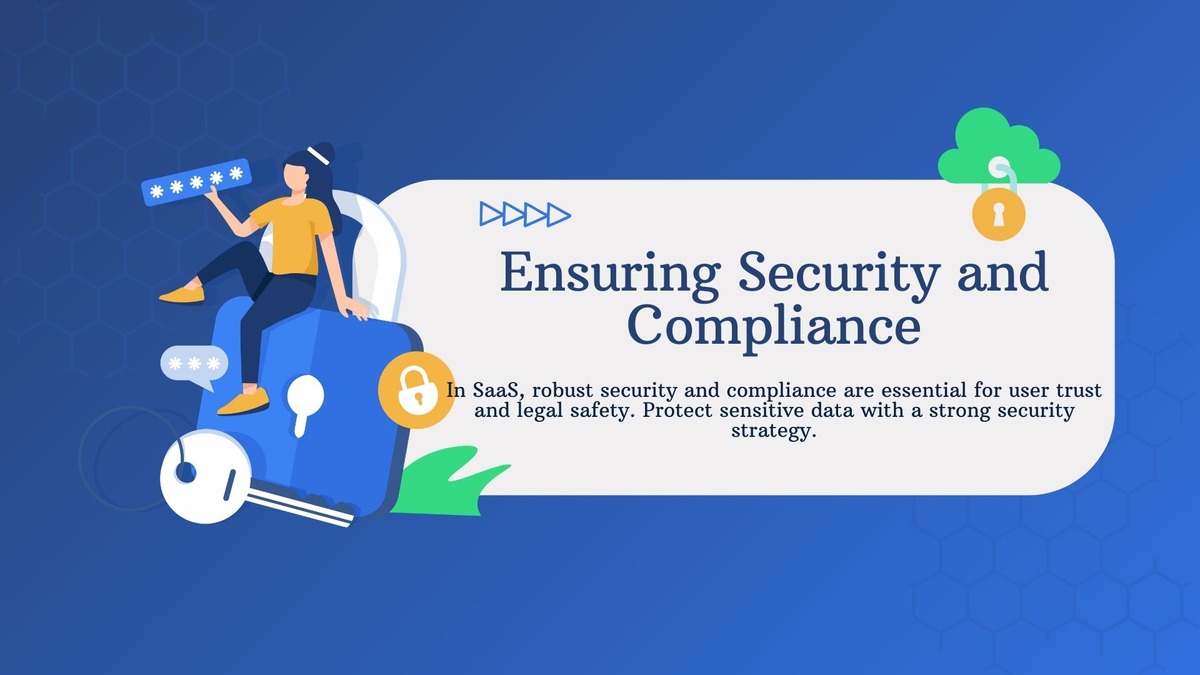
In the realm of Software as a Service (SaaS), ensuring top-notch security and compliance isn’t just a best practice; it’s essential to gaining user trust and avoiding legal pitfalls. Users entrust your platform with sensitive data, and safeguarding this information is crucial. Here’s a straightforward guide to strengthen your SaaS offerings’ security and compliance.
-
Data Encryption:
First, implement robust encryption techniques to protect data both in transit and at rest. Technologies like SSL/TLS for data in transit and AES encryption for stored data are industry standards.
-
Authentication and Access Control:
Equally essential is a comprehensive authentication process. Multi-factor authentication (MFA) adds an extra layer of security, ensuring that even if a password is compromised, unauthorized access can be prevented.
-
Regular Security Audits:
Next, regular security audits and vulnerability assessments should be a staple in your security protocol. These audits help identify potential weak spots before cybercriminals can exploit them. Hiring third-party security experts to conduct these audits can provide an unbiased view of your system’s robustness.
-
Compliance with Legal and Industry Standards:
Compliance with relevant legal and industry standards is another cornerstone. Familiarize yourself with regulations such as GDPR, HIPAA, or CCPA, depending on your target market. Non-compliance not only risks hefty fines but can also severely damage your brand reputation. Create a well-documented compliance checklist and keep it updated as regulations evolve.
-
Transparent Data Privacy Policies:
Transparent data privacy policies are also vital. Clearly communicate how user data is collected, stored, and used. Trust builds when users are confident about your commitment to their privacy.
-
Team Training and Awareness:
Finally, educate your team. A robust security protocol is only as strong as the people implementing it. Regular training sessions on security best practices will ensure that everyone from developers to customer support is aligned in upholding the platform’s security standards.
By focusing on these key areas, you can build a SaaS solution that not only meets but exceeds industry security and compliance standards, thereby gaining user trust and securing long-term success.
Effective Marketing and Customer Acquisition Strategies
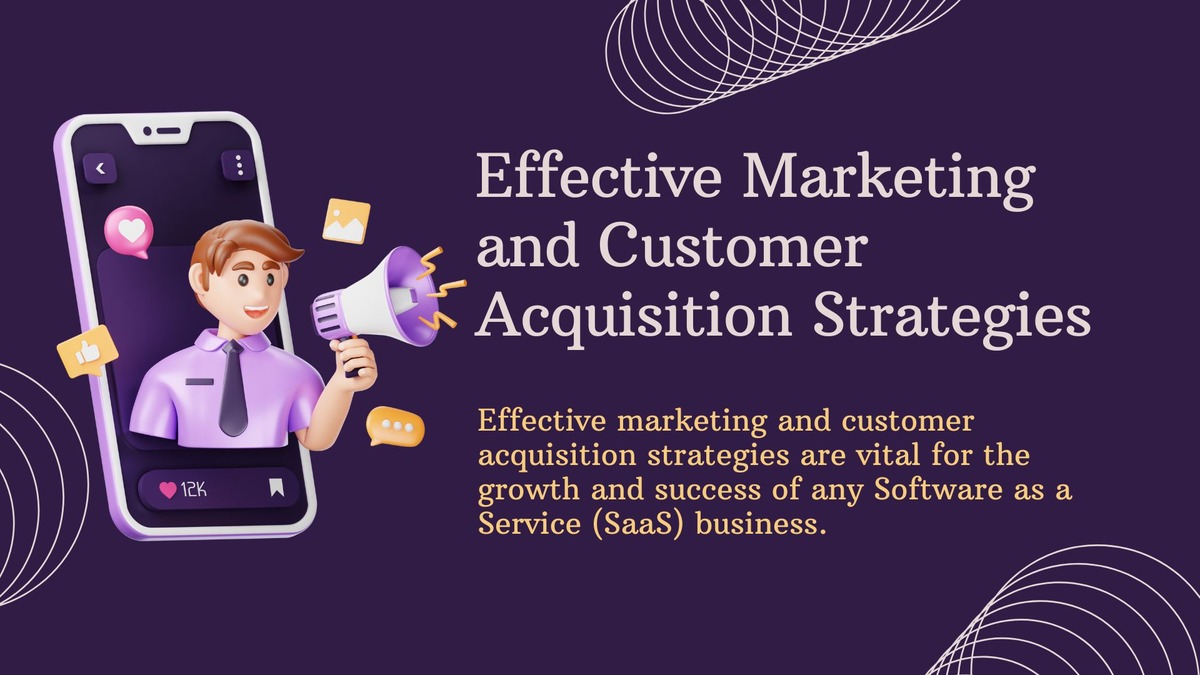
Effective marketing and customer acquisition strategies are vital for the growth and success of any Software as a Service (SaaS) business.
1. Identify Your Target Audience:
Identify your target audience by developing detailed buyer personas, focusing on their needs, pain points, and online behavior. This helps tailor your marketing efforts to reach the right people.
2. Content Marketing:
Content marketing is a key component. Create valuable, SEO-optimized content that addresses the needs and interests of your audience. Blog posts, whitepapers, and tutorials can position your SaaS as a thought leader while driving organic traffic to your website. Use keyword research to focus on topics that your potential customers are searching for.
3. Leverage Social Media:
Leverage social media platforms to share your content and engage with your audience. LinkedIn, Twitter, and Facebook are powerful tools for establishing your presence and building relationships with potential customers. Running targeted ads on these platforms can also drive awareness and leads.
4. Email Marketing:
Email marketing remains one of the most effective channels for nurturing leads. Offer valuable resources, free trials, or newsletters to capture email addresses, and use personalized email campaigns to engage and convert these leads into paying customers.
5. Search Engine Marketing (SEM):
Don’t forget about search engine marketing (SEM). Pay-per-click (PPC) campaigns on Google Ads can help you target high-intent users who are actively searching for solutions like yours.
6. Influencer Marketing:
Lastly, influencer marketing and partnering with industry experts can provide additional social proof and credibility, making it easier for new customers to trust your SaaS.
By combining these marketing strategies, you can create a robust customer acquisition plan that drives traffic, engagement, and conversions, ultimately growing your SaaS business.
Read More: What Is A SaaS Company? How To Identify

